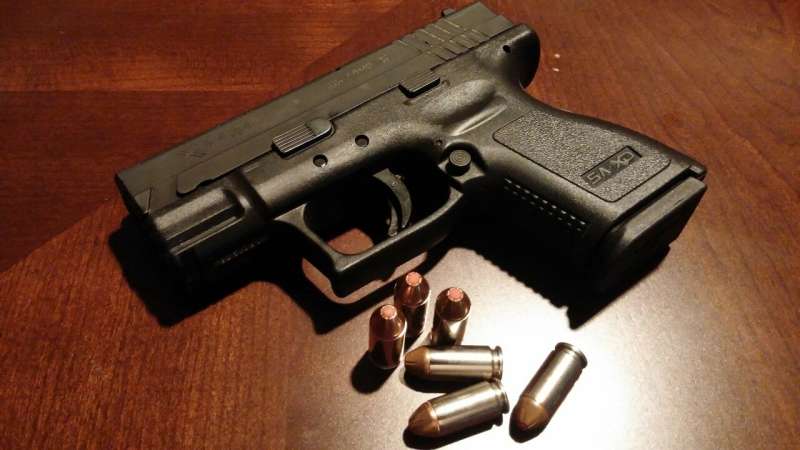Discovery of a Tiny Brain Region Crucially Involved in Motor Learning During Reaching Movements

A recent study from the University of Osaka reveals that a small brain region called the parvocellular red nucleus plays a key role in motor learning by signaling errors during reaching movements, opening new avenues for neurorehabilitation.
Researchers at the University of Osaka have uncovered a small yet significant area of the brain that plays a vital role in motor learning, specifically during reaching movements. The parvocellular division of the red nucleus, a specialized part of the midbrain, was found to generate error signals that help the brain adapt and refine hand movements. This discovery offers new insights into how the brain detects and corrects inaccuracies during movement, a process essential for daily activities and motor control.
The study focused on the red nucleus, which has two parts: the magnocellular (RNm) and parvocellular (RNp) regions. While the cerebellum's involvement in motor learning has been well established, the source of error signals driving this learning remained unclear. The researchers hypothesized that RNp could be responsible for signaling these errors to the cerebellum.
Using experiments on macaque monkeys, the team demonstrated that the RNp sends 'error signals' during and after reaching tasks. When electrical stimulation was applied to the RNp immediately after a reach, monkeys gradually adjusted their movement direction, indicating learning. In contrast, stimulating the neighboring RNm region did not produce these effects, highlighting the unique role of RNp in motor adaptation.
These findings suggest that the parvocellular red nucleus acts as a central hub for detecting and transmitting movement errors necessary for learning. This research not only clarifies longstanding questions about motor control mechanisms but also opens new pathways for developing targeted rehabilitation therapies for individuals recovering from stroke or neural injuries. Understanding the specific brain regions involved in error detection and correction can enhance strategies for restoring motor functions.
As lead researcher Shigeru Kitazawa explains, "Improving motor skills depends on our ability to identify and fix errors. Pinpointing where and how the brain performs this task can lead to better treatments for movement disorders and brain diseases affecting motor control."
This groundbreaking study underscores the importance of the parvocellular red nucleus in motor learning and paves the way for innovative approaches to neurorehabilitation.
Stay Updated with Mia's Feed
Get the latest health & wellness insights delivered straight to your inbox.
Related Articles
Key Mechanism Identified That Shields SARS-CoV-2 During Replication
Researchers have identified a vital mechanism that SARS-CoV-2 uses to protect its spike protein during replication, offering new targets for antiviral therapies and vaccine development.
Rising Trends in Obesity-Related Cancers in Puerto Rico
Research reveals increasing cases of obesity-associated cancers in Puerto Rico from 2000 to 2022, driven by high obesity rates and environmental challenges. Tailored policies are crucial for addressing this growing health concern.
How Incentives in mHealth Apps Promote Physical Activity and Sustainable Transit
Explore how incentive-driven mHealth apps boost physical activity and public transportation use, benefiting health and sustainability through strategic reward systems.
Study Finds Parent-Owned Firearms Predominantly Used in Youth Suicide Cases
Research reveals that most youth firearm suicides involve guns owned by parents, often stored unlocked, highlighting the urgency of secure firearm storage to prevent youth tragedies.



